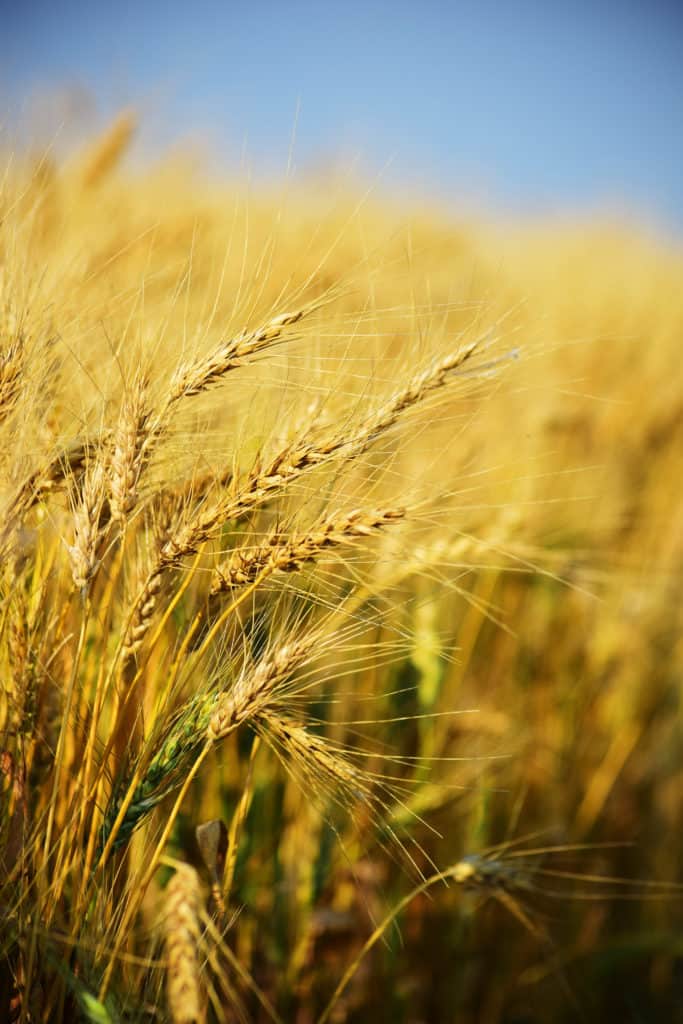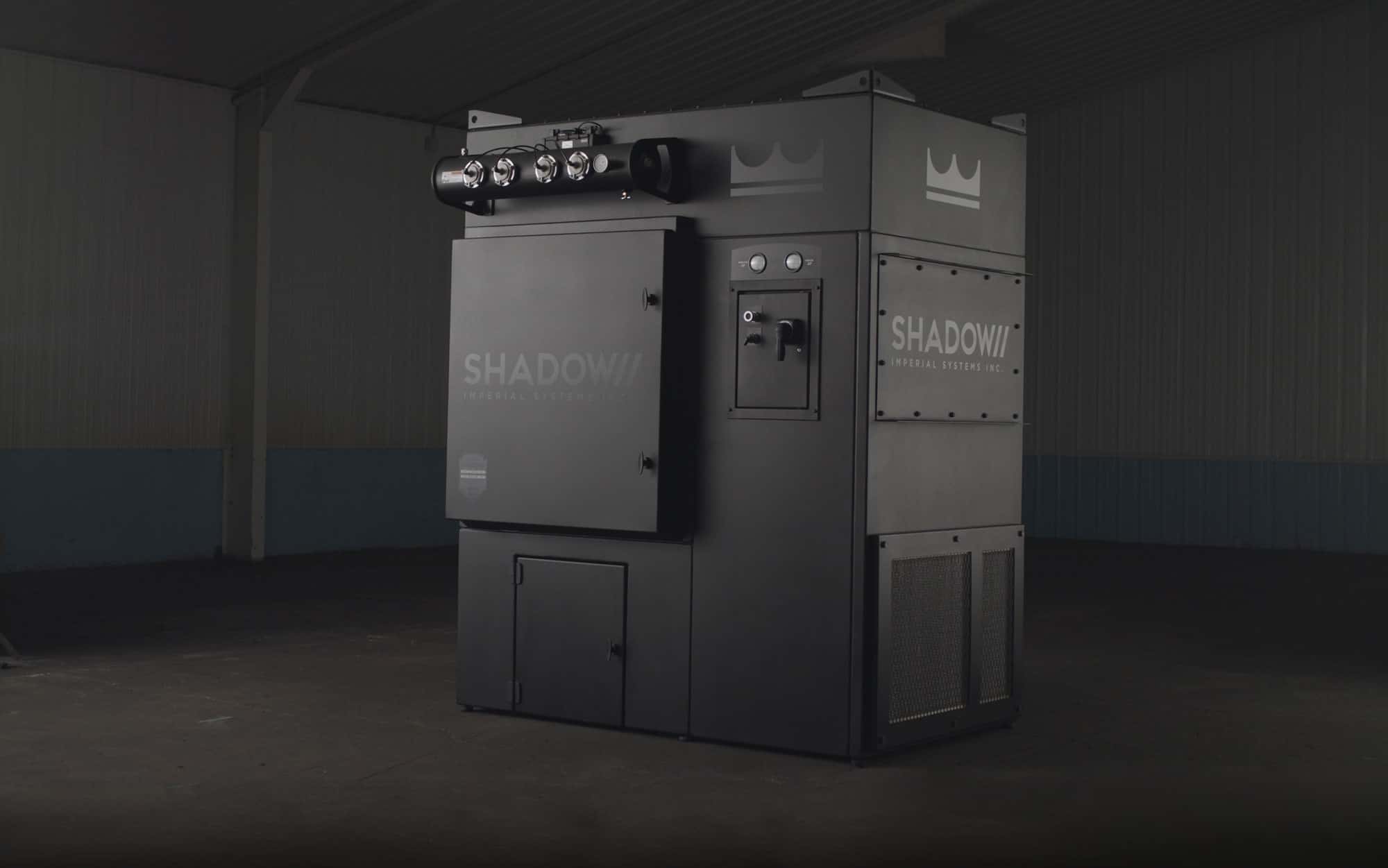Grain dust is one of the biggest combustible dust hazards in the industry. OSHA doesn’t have a combustible dust rule for general industry, but they do have one for agriculture and food processing (1910.272) because of the high risk and number of accidents. The NFPA also has a special standard for this industry (Standard 61) to try to reduce the number of combustible grain dust explosion accidents.
Grain dust explosions increased in 2018 over previous years, with twelve explosions compared to seven the year before, according to Purdue University’s Department of Agricultural and Biological Engineering. However, injuries and fatalities decreased from five deaths and twelve injuries to one death and four injuries.
This statistic only considers reported grain dust explosion incidents, and explosions without injuries may not be reported. There are also many grain dust fires that are not reported but still cause significant property damage. Some companies with a reported explosion that caused injuries had a history of multiple smaller fires and explosions that weren’t reported.
In most of the reported incidents, the ignition source was unknown. This was usually because the area where the explosion occurred was too damaged to track down possible ignition sources. Known ignition sources included sparks from machinery and overheated bearings. The number of possible ignition sources is almost unlimited because grain dust is so easy to ignite.
OSHA has reported that since they started enforcing their standard in 1987, the number of explosions has decreased significantly. Prior to those regulations, grain dust fires and explosions were often considered to be an inevitable cost of handling and storing grain. With process hazard analysis now required, problems are more likely to be identified before there’s an accident.
Still, grain dust explosion accidents continue to happen. Often, the hazard has been identified but not addressed. An example would be allowing grain dust to accumulate around the facility. Often, the thought is that it’s never been a problem before. It may not be a problem until the dust is stirred up and the cloud finds an ignition source. The danger here is that the first cloud of stirred-up dust might be small and only cause a quick flash fire, but the force of this could disturb and ignite much larger amounts of dust. This is called a secondary explosion, and it is usually bigger and more destructive than the first one.
Major sources of accumulated grain dust are pieces of grain handling equipment, such as bucket elevators, conveyors, mixers, and grinders. Since grain is being moved around in these processes, a lot of dust often escapes unless there is a dust collection system there to capture and remove it.
Baghouses are popular for dust collection in the grain industry, but cartridge collectors can also be used. They are especially useful as spot collectors because they are small and can be located over a particular spot where dust is being produced. Baghouses are usually large because they need lots of bags to provide enough surface area for good filtration. A cartridge collector can be much smaller because the pleated cartridges have a much higher surface area than bags.
A dust hazard analysis will identify places such as grain elevators where dust is likely to be a problem. Before planning and installing dust collection or dust control measures, all the hazards should be identified. This includes any areas where a breakdown in normal processes could cause dust to build up or potential ignition sources that could develop, such as overheating machine parts. A dust hazard analysis is required by NFPA 652, the most recent combustible dust handling standard. NFPA 652 is not meant to replace NFPA 61 or other industry-specific standards, but anything in NFPA 652 that isn’t addressed in the industry standard still applies.
Deaths from grain dust explosions may have decreased, but they continue to occur. This happens even though the grain and agriculture industry has been one of the earliest officially regulated combustible dust hazards. Dust collection is an essential part of grain dust control and should be in use anywhere that dust can build up during the process.


